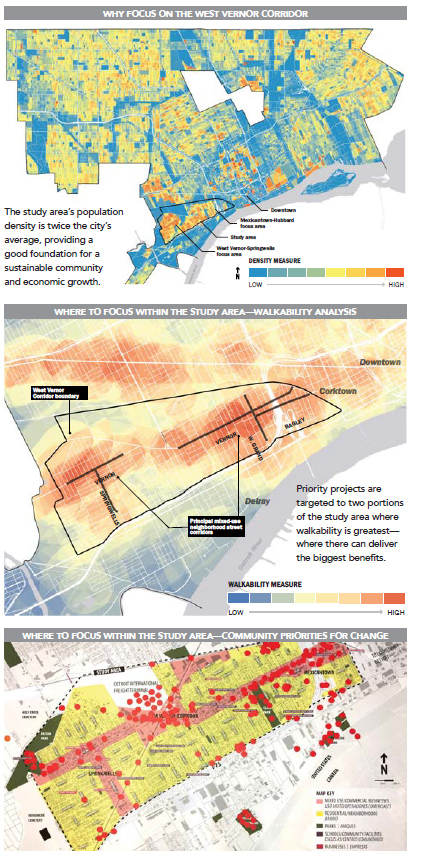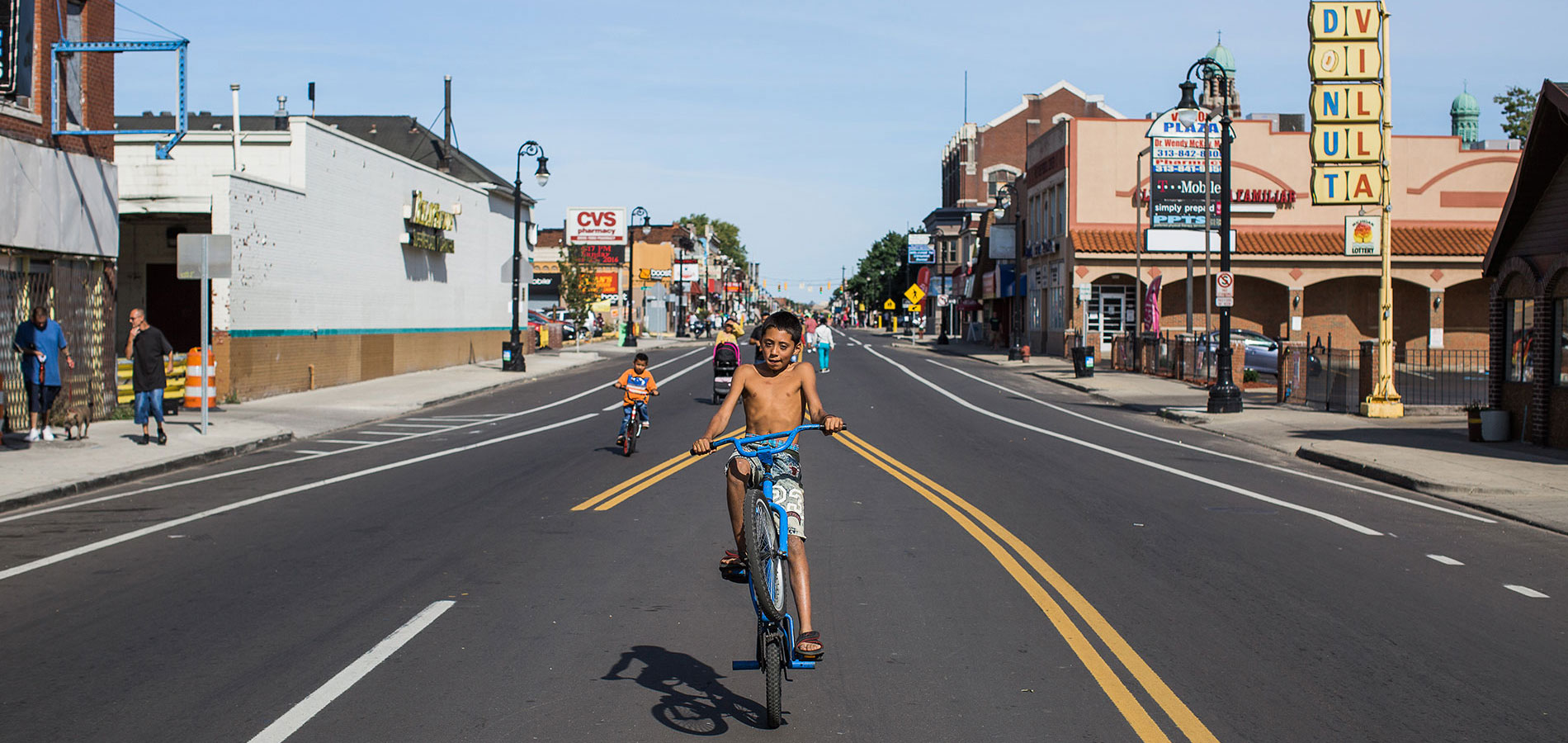West Vernor
block-detroitminew-views-block-news-events-block-1,News & Events*block-detroitminew-views-block-related-links-block-1,Related Links*block-detroitminew-views-block-video-playlist-block-1,Videos*documents-block,Documents*block-detroitminew-views-block-forms-block-1,Forms*block-views-block-faq-block-1,FAQs*block-detroitminew-views-block-district-map-block-1,District Map*block-views-block-council-office-directory-block-1,Office Directory*block-detroitminew-views-block-contacts-block-3,Contacts*block-detroitminew-views-block-contacts-block-4,Contacts*block-detroitminew-views-block-council-member-bio-block-1,Bio*block-detroitminew-views-block-sub-sections-block-1,Sections*block-detroitminew-views-block-web-apps-block-1,Web Apps*block-detroitminew-views-block-news-events-block-4,News*block-detroitminew-views-block-news-events-block-3-2,Events*block-detroitminew-views-block-contacts-special-block-1,Staff*block-detroitminew-views-block-statements-block-1,Statements*block-detroitminew-views-block-newsletters-block-1,Newsletters*block-detroitminew-views-block-newsletters-block-3,Ordinance*block-detroitminew-views-block-newsletters-block-2,Resolutions*block-detroitminew-views-block-newsletters-block-4,Memos
West Vernor Corridor Neighborhood Framework
The West Vernor Corridor Neighborhood Framework is one of several initiatives by the City of Detroit Planning Department to strengthen neighborhoods throughout the city. This year-long effort honors the large amounts of time, thinking and resources that community members have invested in planning neighborhood improvements, through more than twenty planning initiatives over the past five to ten years. Community residents, business and property owners, organizations and other stakeholders were invited to participate in several types of feedback gatherings as part of this planning effort. The results of this engagement has been codified into a planning document, the West Vernor Corridor Neighborhood Framework.
Project Manager:
Kevin Schronce
Design Director (313) 224.9489 [email protected]


Framework Overview
The neighborhoods of the West Vernor Corridor in Southwest Detroit are remarkably resilient. While population loss has severely challenged neighborhoods across Detroit, West Vernor Corridor neighborhoods have managed to retain and attract more residents. Between 2010 and 2015, the West Vernor Corridor study area population reversed its previous decline and grew 8%, even as the city lost 3% of its overall population. The framework study area’s many inherent assets, as well as its traditional role as a destination for Latino immigrants, all contribute to this population gain. As a result, the study area has a relatively high density of residents—about 10,000 people on average, or more than twice the citywide average of 4,700.
The investment and growth of West Vernor corridor residents have helped maintain and expand community life, availability of neighborhood services, and street and park infrastructure. Moving forward, investments that will help West Vernor Corridor neighborhoods achieve a higher and more sustainable quality of life. The West Vernor Corridor Neighborhood Framework initiative helps community members attain new opportunities by building on overlapping areas of strength:
- Social strength—residents of the study area have strong social networks, cultural traditions, and community organizations that build community
- Physical strength—in most of the study area, streets, blocks, buildings, and parks provide a great foundation for walkable neighborhood life
- Economic strength—the appeal of living and operating businesses in the study area is stabilizing real estate values and attracting reinvestment
Focus
The neighborhoods of the West Vernor Corridor have demonstrated their resiliency. City investments here will go far, as community members capitalize upon them and create a place Within the study area, near-term initiatives are further focused in two areas—West Vernor-Springwells and Mexicantown-Hubbard—where community members said change was most needed, and where improvements can best reinforce each other to promote growing and enduring benefits.
